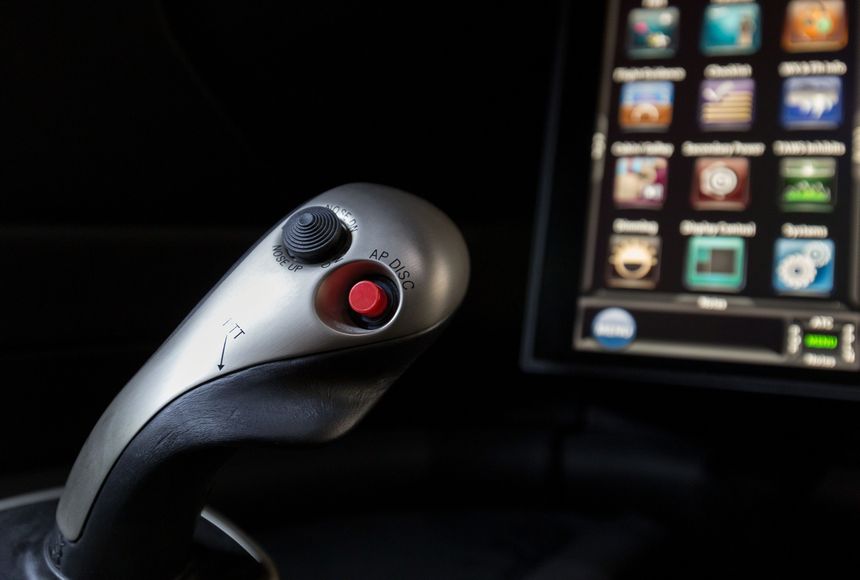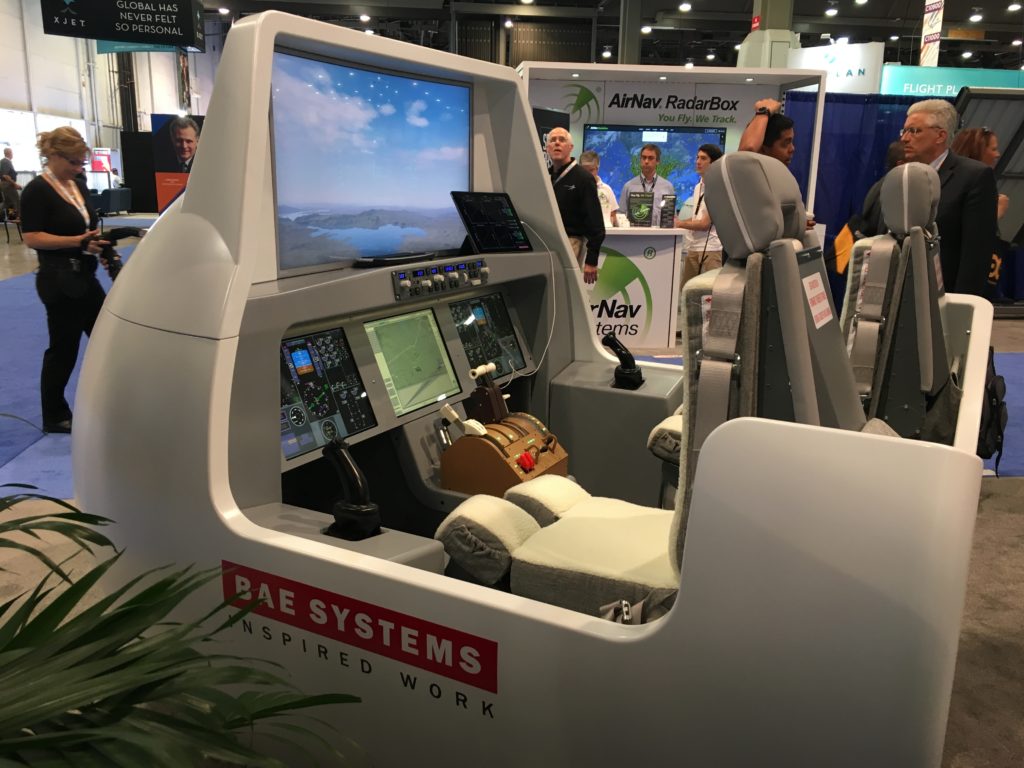Estimated reading time 3 minutes, 47 seconds.
Active control sidesticks, first introduced in the military and currently found on such aircraft as Lockheed Martin’s F-35 fighter jet, have now made their way into civilian aviation.

BAE Systems, which pioneered the technology, has partnered with Gulfstream Aerospace to incorporate active control sidesticks in the next generation of Gulfstream business jets, the new G500 and G600. When it achieves certification, the G500 will be the first in-service, fly-by-wire commercial aircraft to incorporate these sidesticks.
Adam Taylor, director of Inceptor Systems at BAE Systems in the U.K., said the technology provides tactile feedback to pilots, who feel their inputs reflected in real time and can identify impending flight envelope limits, or mode engagements, thereby improving awareness and aircraft control.

The key difference between active and passive sidesticks is that the active version features a bi-directional link between the pilot and the fly-by-wire system, so inputs and feedback travel in both directions.
“It’s the ultimate in situational awareness,” said Taylor from the BAE Systems booth at NBAA-BACE 2017. “The sticks can also be linked across the cockpit.”
Colin Miller, vice-president of Flight Operations at Savannah, Ga.-based Gulfstream, said active control sidesticks offer two big advantages in the cockpit. First, since they are fully linked, they increase the level of non-verbal communication between crewmembers and therefore contribute to safer operations. Second, the sticks offer “outstanding handling qualities,” necessitating few inputs from pilots even during precision approaches in gusty conditions.
Additionally, the sidestick cockpit layout is more open, allowing designers to incorporate a work surface for pilots.

Perhaps one of the biggest attractions for Gulfstream was the fact that active control sidestick behaviour can be tailored in such a way that it is optimized for the G500 aircraft.
“Then we put that same system into the G600,” said Miller, ding that this is a huge advantage since the two aircraft will share a common type rating. “We can make our aircraft fly virtually identically.”
As for reliability, he revealed that the sidesticks have undergone almost 5,000 hours of testing in the G500 and G600 programs without a failure.
The G500 is expected to achieve certification followed by entry into service in early 2018, with the G600 expected to follow later in the year. Both aircraft programs were launched in 2014.








